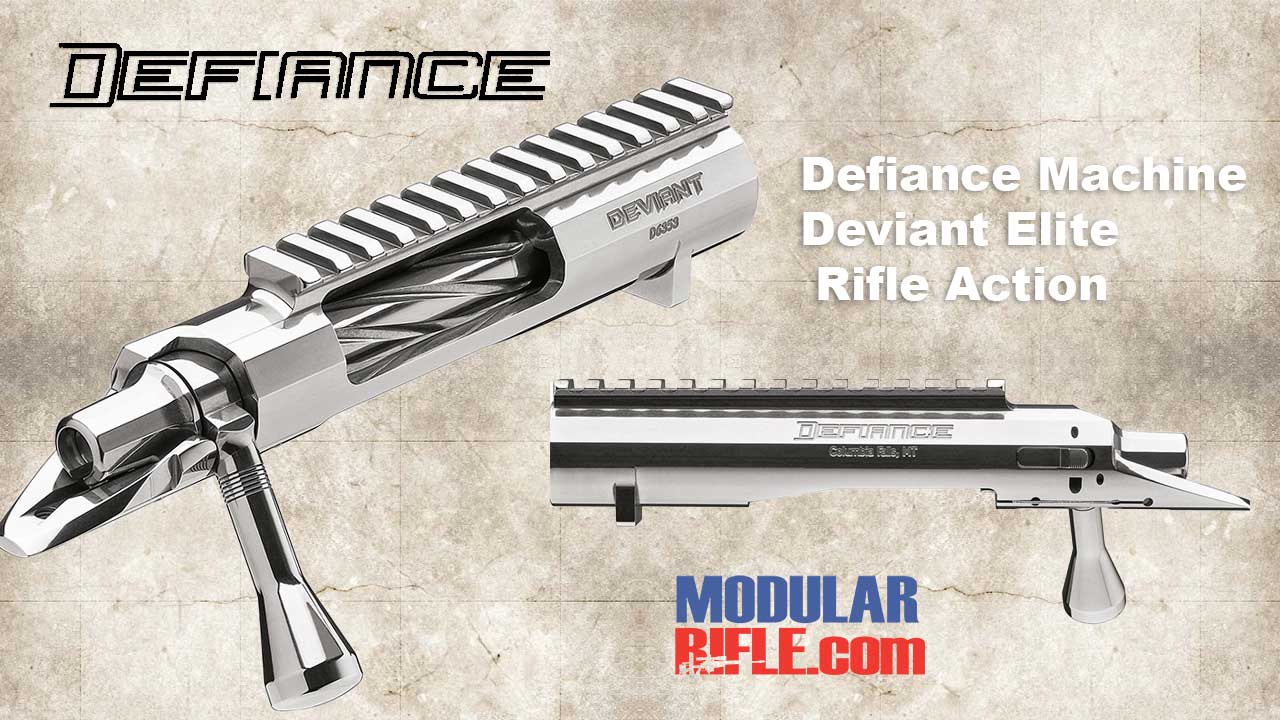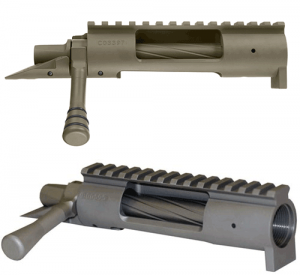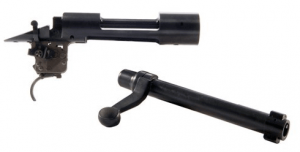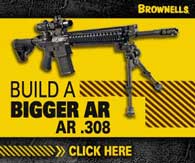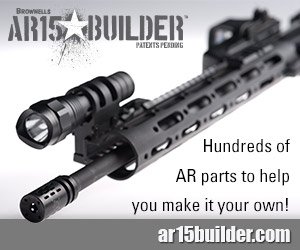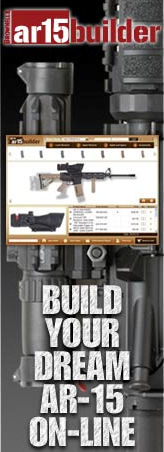Aero Precision Solus Short Action Receiver
Aero Precision Solus Short Action Receiver
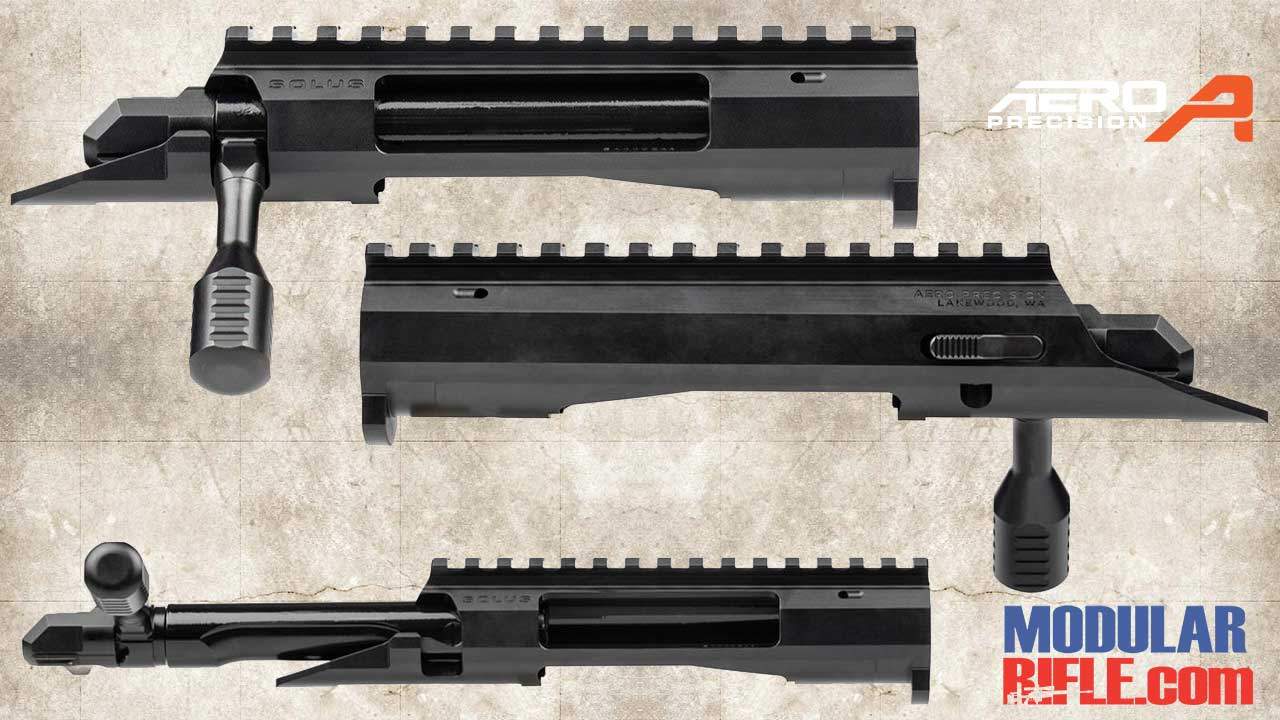
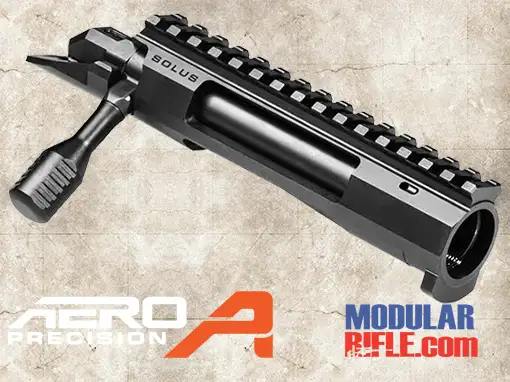
Solus Short Action Receiver
The heart of the Solus product line is the Solus Short Action. This product is the keystone in an ecosystem that provides shooters with an open-source, user-configurable, and quality-manufactured foundation for their precision bolt action build. Compatible with industry-standard pre-fits and drop-in components, the Solus removes many barriers to entry often associated with custom rifle builds, allowing the shooter to build a system that is specific to their needs. When manufacturing a custom bolt action, quality and consistency are essential. To ensure the most precise tolerances are held, each Solus Action is inspected by CMM (coordinate measuring machine) in their state-of-the-art manufacturing facility.
Available directly from Aero Precision or Brownells,
Solus Short Action Features:
- Remington 700 Short Action Footprint
- Integral 20 MOA biased top rail
- Integral recoil lug
- Magnum-sized ejection port
- Sized to feed and eject cartridges with up to 3.00″ OAL
- Compatible with AICS and AIAW detachable box magazines
- Trigger installed via hanger
Solus Short Action Receiver Bolt Features:
- 60-degree bolt throw
- 3-lug interchangeable bolt head
- Dual ejectors
- “Cock on lift” bolt design
Solus Short Action Receiver Materials:
- Receiver body- 416 stainless steel
- Bolt- 17-4 stainless steel
- Firing pin- S7 tool steel
Solus Short Action Receiver Compatibility:
- Barrel: Savage Small Shank W/ Barrel nut and Shouldered Zermatt Origin Pattern Pre-Fit Barrels
- Trigger: Remington 700 (no bolt release)
- Footprint: Remington 700 short action
Solus Short Action Receiver Includes:
- Solus Short Action
- Bolt Assembly
- Trigger Hanger
Aero Precision Solus Short Action Receiver General Questions
- What material is the SOLUS made of? The action body is made from heat treated 416 stainless steel.
- What is the footprint of the Solus action? Remington 700 footprint.
- What does 20MOA-biased rail mean? Having a 20 MOA-biased rail means that we have machined 20 minutes of angle into the integral Picatinny rail. This gives your optic a slight downward angle when mounted on the action. This will help you maximize the useable elevation in your optic.
- What bolt head size do I need? The bolt head sizes correspond to a range of calibers. The standard bolt head measures .473 the magnum bolt head measures .540.473 +/-:
| .478 +/- | .540 +/- |
| 6mm/6.5 Creedmoor, 243 Win, 308 Win, 8.6 Blackout | 243 WSSM, 7mm SAUM, 7mm WSM, 300 WSM. |
- How much does the Aero Precision Solus Action weigh? 2.25 LBS
- What magazine type is compatible with the Solus Action? AICS/AIAW magazines.
- How do I remove the Solus firing pin? With the bolt assembly removed from the action, grasp the Bolt Body with one hand and the Firing Pin Shroud with the other. Twist the Shroud approximately a ¼ turn clockwise. The Firing Pin assembly will snap free when the retention lugs enter their recesses. Once free, the Firing Pin Assembly can be removed from the bolt body. With the Firing Pin Assembly removed, the Bolt Head Retaining Pin can be taken out. Slight resistance may be encountered when removing the pin. Applying light pressure to drive the bolt head into the bolt body will allow the pin to drop free. The bolt head can now be removed from the bolt body.
- How do I change the Solus bolt head? With the bolt assembly removed from the action, grasp the Bolt Body with one hand and the Firing Pin Shroud with the other. Twist the Shroud approximately a ¼ turn clockwise. The Firing Pin assembly will snap free when the retention lugs enter their recesses. Once free, the Firing Pin Assembly can be removed from the bolt body. With the Firing Pin Assembly removed, the Bolt Head Retaining Pin can be taken out. Slight resistance may be encountered when removing the pin. Applying light pressure to drive the bolt head into the bolt body will allow the pin to drop free. The bolt head can now be removed from the bolt body. Follow the reverse order when installing your new bolt head.
- What triggers are compatible with the Solus Action? The Aero Precision SOLUS is compatible with Remington 700 pattern triggers (no bolt-release versions).
- Is there a cocking indicator on the Solus Action? Yes, there is a cocking indicator located on the shroud of the bolt body.
- How do I remove the bolt from the Solus receiver? You will need to raise the comb up to remove the bolt. Make sure you remember or mark the adjustment height before moving it. Press the Bolt release on the left side of the receiver and pull the bolt out.
Links to Our Other Guides
| Modular Rifle Chassis System Build Guides | Modular Rifles | Modular Rifle Chassis Systems |Remington 700 Triggers |
Additional 6.5 Creedmoor Content
| 6.5 Creedmoor Posts | J.Allen JAE 700 Rifle Chassis System | Socom Precision Sniper Rifle Contenders | text |
